Argentina Independence Day - History, Heritage and How Argentina Celebrates its National Day
2025/07/24
Years of Culture
false
2025/07/24
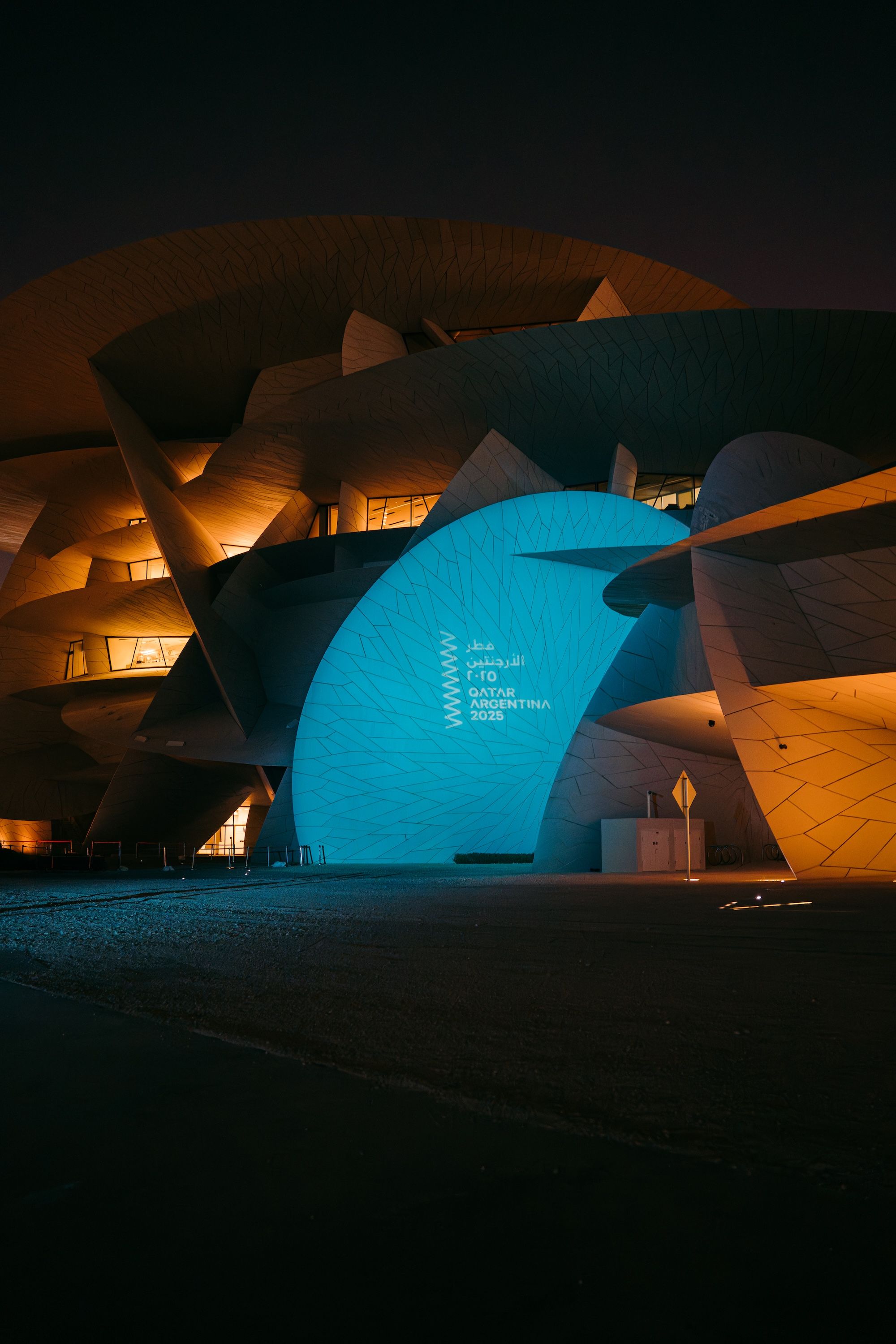
This year, Argentina is taking centre stage in the Qatar, Argentina and Chile 2025 Year of Culture, offering people in Qatar and beyond a chance to discover the warmth, creativity and community that define life in Argentina.
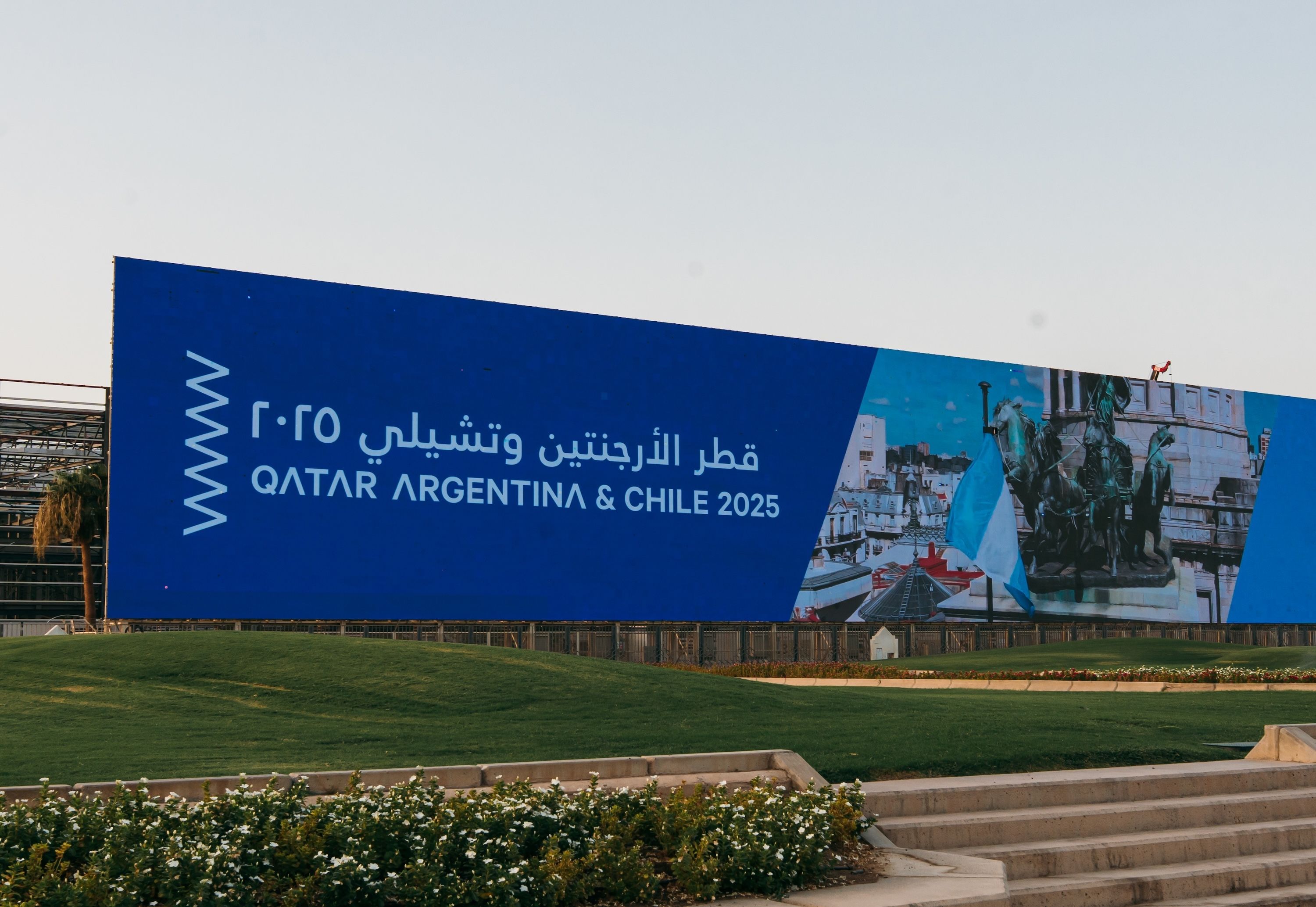
Argentina’s Independence Day is celebrated on 9th July each year. On this date in 1816, the Congress of Tucumán declared Argentina’s formal independence from Spanish rule.
The declaration marked the culmination of a revolutionary process that began six years earlier and symbolised the birth of a new nation in South America. It was a milestone that formalised the growing desire among the provinces of the Río de la Plata to shape their own future and identity.
Today, the national day of Argentina is both a remembrance of that historical decision and a joyful celebration of culture, family, and community.
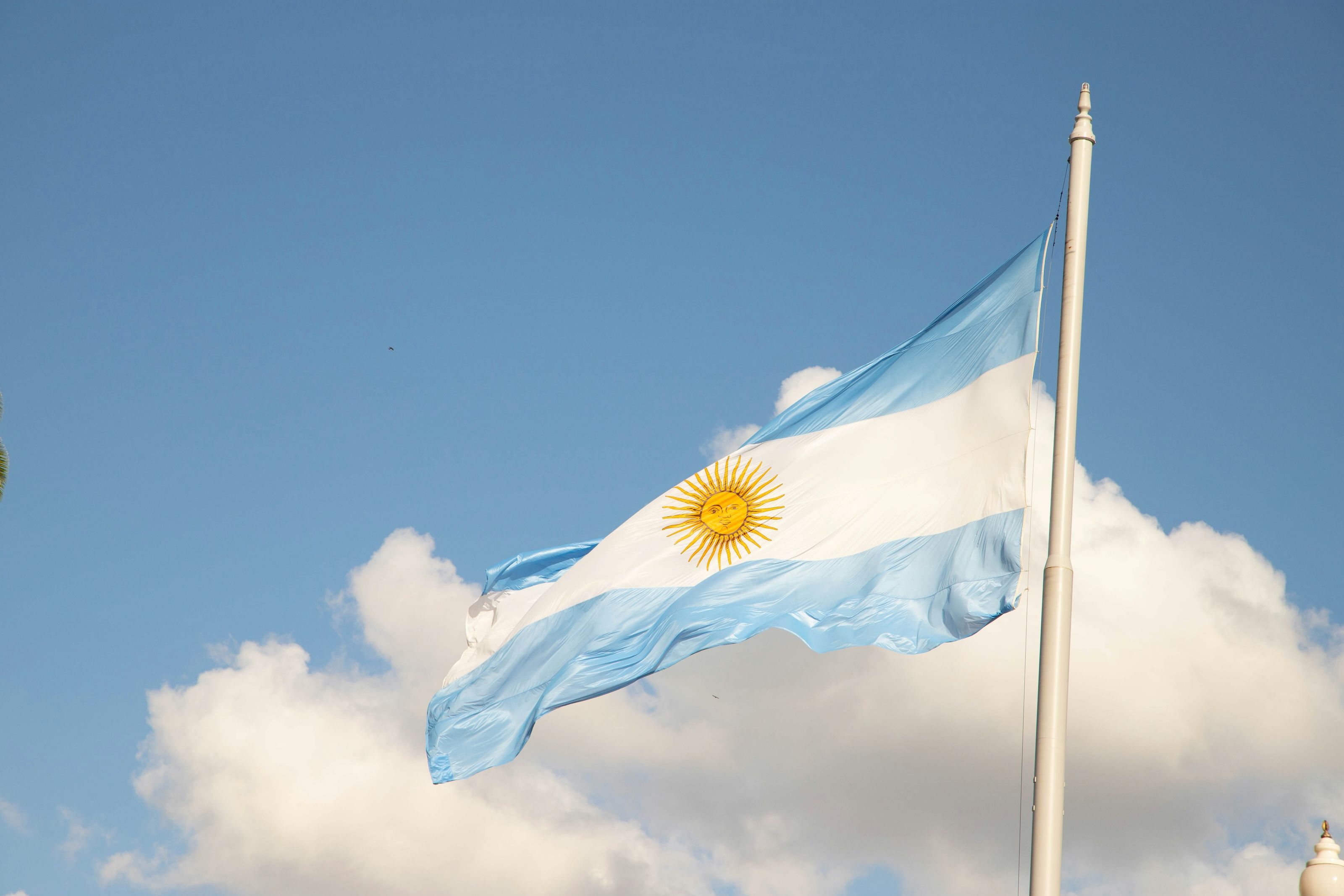
Argentina’s journey toward independence began with the May Revolution of 1810, when local leaders in Buenos Aires ousted the Spanish Viceroy and established a provisional local government. Celebrated today as Argentinian Revolution Day, this moment is often viewed as the beginning of Argentina’s political transformation.
Following the May Revolution, the region entered a turbulent period known as the Argentinian War of Independence, involving military campaigns against royalist forces loyal to Spain. Key figures such as Manuel Belgrano, who designed the national flag, and military leader José de San Martín, played leading roles during this time. These years were shaped not only by military events but by the growing aspiration among communities to define their own cultural and political path.
On 9th July 1816, delegates from across the Río de la Plata region gathered at the Congress of Tucumán, in a modest white house in northern Argentina, and signed an official act declaring independence from Spain. It was a collective decision that symbolised unity and hope for the future.
Today, that same house is a cherished national landmark, and its image appears on banknotes and in school books around the country. The Congress of Tucumán became a foundational moment in the country's history and remains the key reference point for Argentina Independence Day history.
The country’s independence was part of a broader Latin American movement, with leaders like San Martín working in cooperation with neighbouring countries. His campaigns across the Andes to Chile and Peru were grounded in shared ideals of governance, liberty, and regional collaboration.
Today, Argentina’s 9th July, or Nueve de Julio is celebrated with great enthusiasm. The date is an official public holiday in Argentina, with schools, government offices, and many businesses closed.
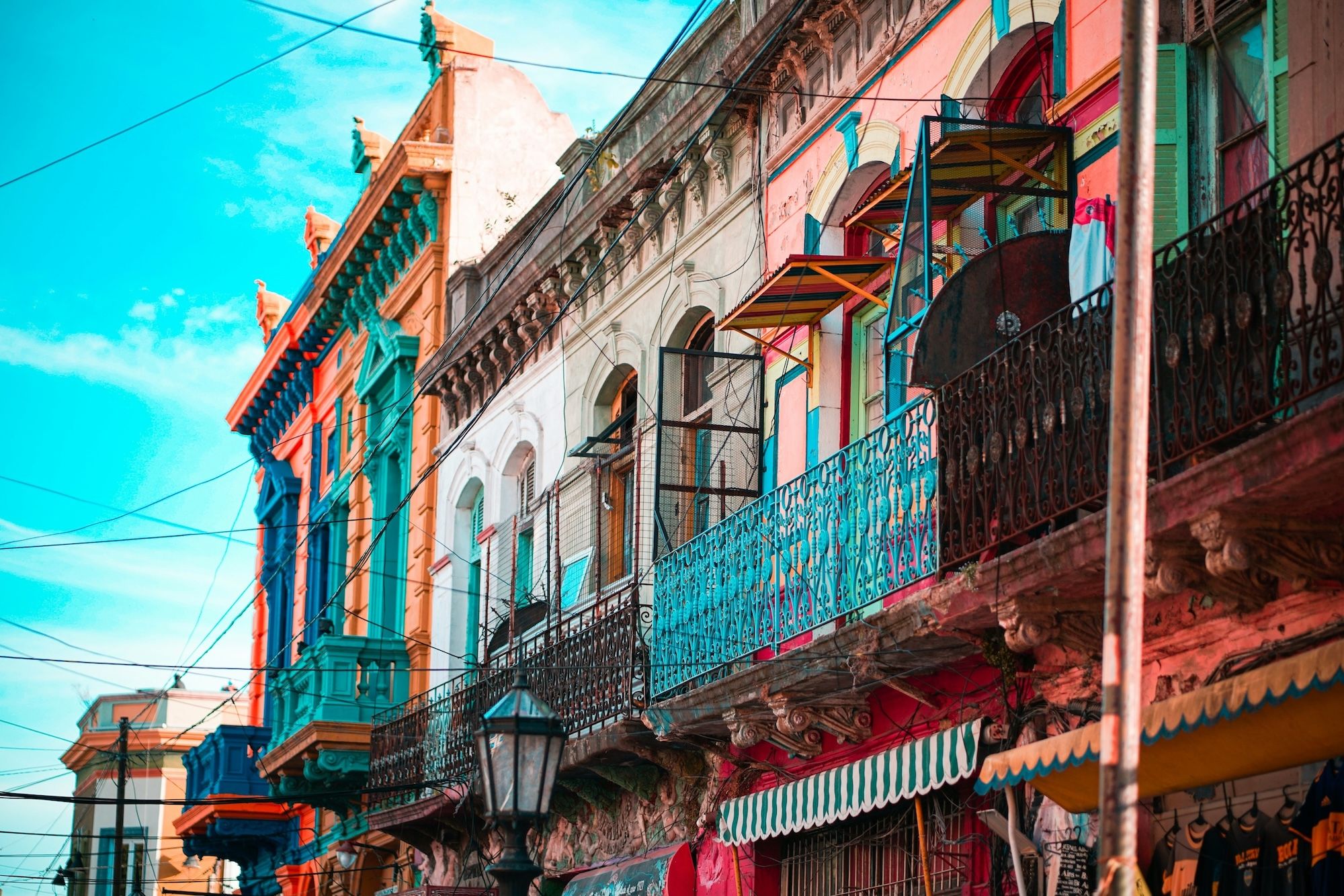
Festivities are marked by civic pride, national symbols, and lively cultural expressions. Modern celebrations blend formal and informal elements, with official ceremonies, military parades, live music, and family gatherings with home-cooked food. Here are some of the top ways Argentinians mark the occasion:
Every year Buenos Aires hosts a formal military procession on Avenida del Libertador. The impressive parade features an Air Force flyover and the armed forces alongside local schools, cultural groups, and traditional folk dancers. The Argentina National Day parade is a beloved event that brings generations together in remembrance and celebration.
Now a popular museum, the historic house where independence was declared is the focal point for national observances. Each year, the president and public figures attend a commemorative ceremony here, honouring the moment with music, performances, and flag-raising. The Casa Histórica de Tucumán can be visited all year, with immersive exhibitions and a sound and light show, telling the story of Argentina’s independence.
Music and dance are an important aspect of the day’s festivities. In Plaza de Mayo and cultural venues throughout Buenos Aires, locals and visitors alike enjoy traditional tango performances, folk ensembles, and live music. Many smaller cities and towns host open-air events, showcasing the cultural diversity of Argentina.
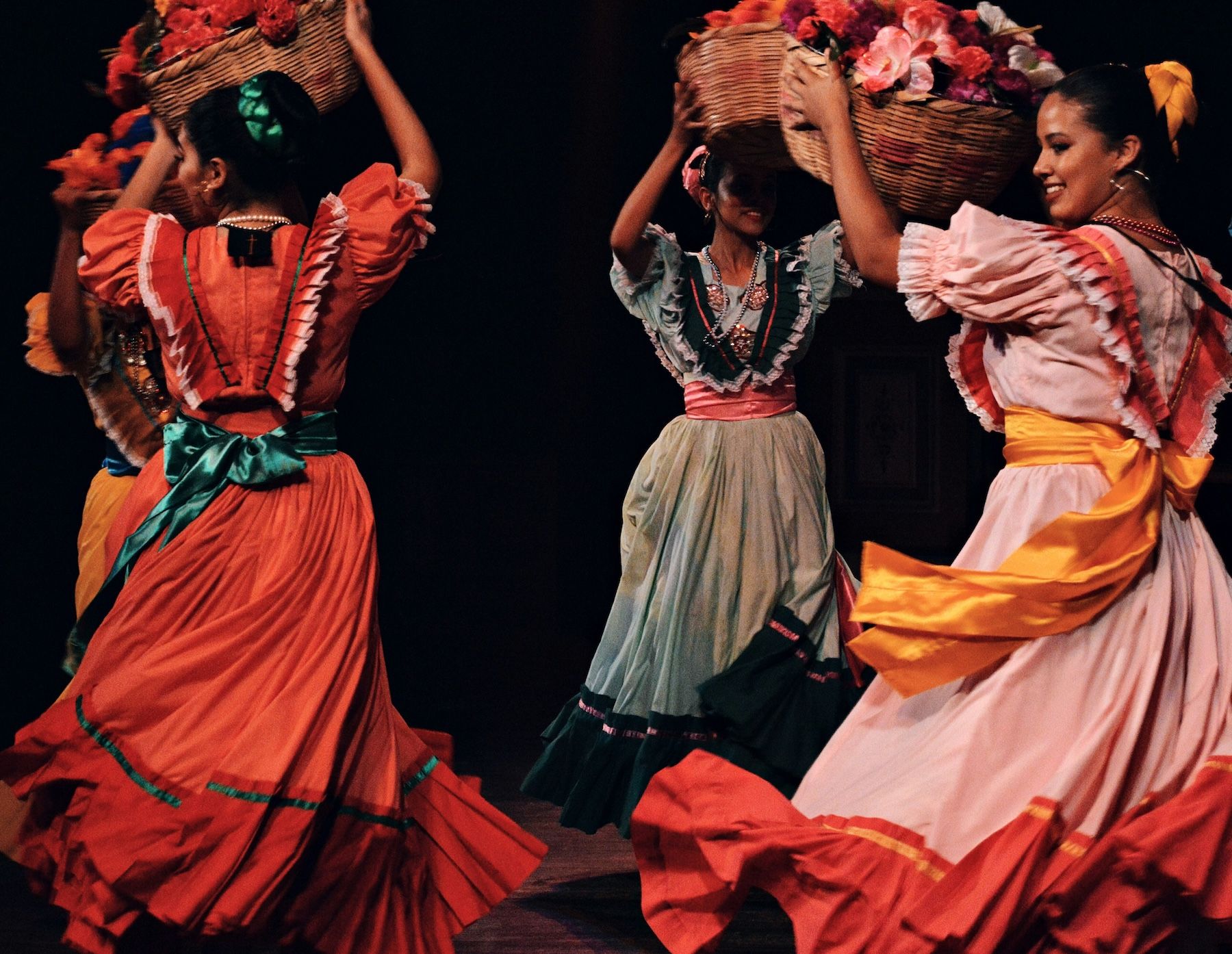
Across the country, balconies and public buildings are adorned with Argentinian flags and communities come together to enjoy the festivities. Public squares fill with musicians and artisanal markets, and children often wear historic costumes for school plays and local festivities.
Food is another central highlight of the holiday. Quintessentially Argentinian dishes like locro (a hearty stew made from maize, beans and meats), empanadas, and humita are enjoyed alongside sweet pastries such as pastelitos and generous servings of dulce de leche. These iconic meals reflect Argentina’s diverse cultural tapestry and play a central role in how Argentina celebrates the occasion.
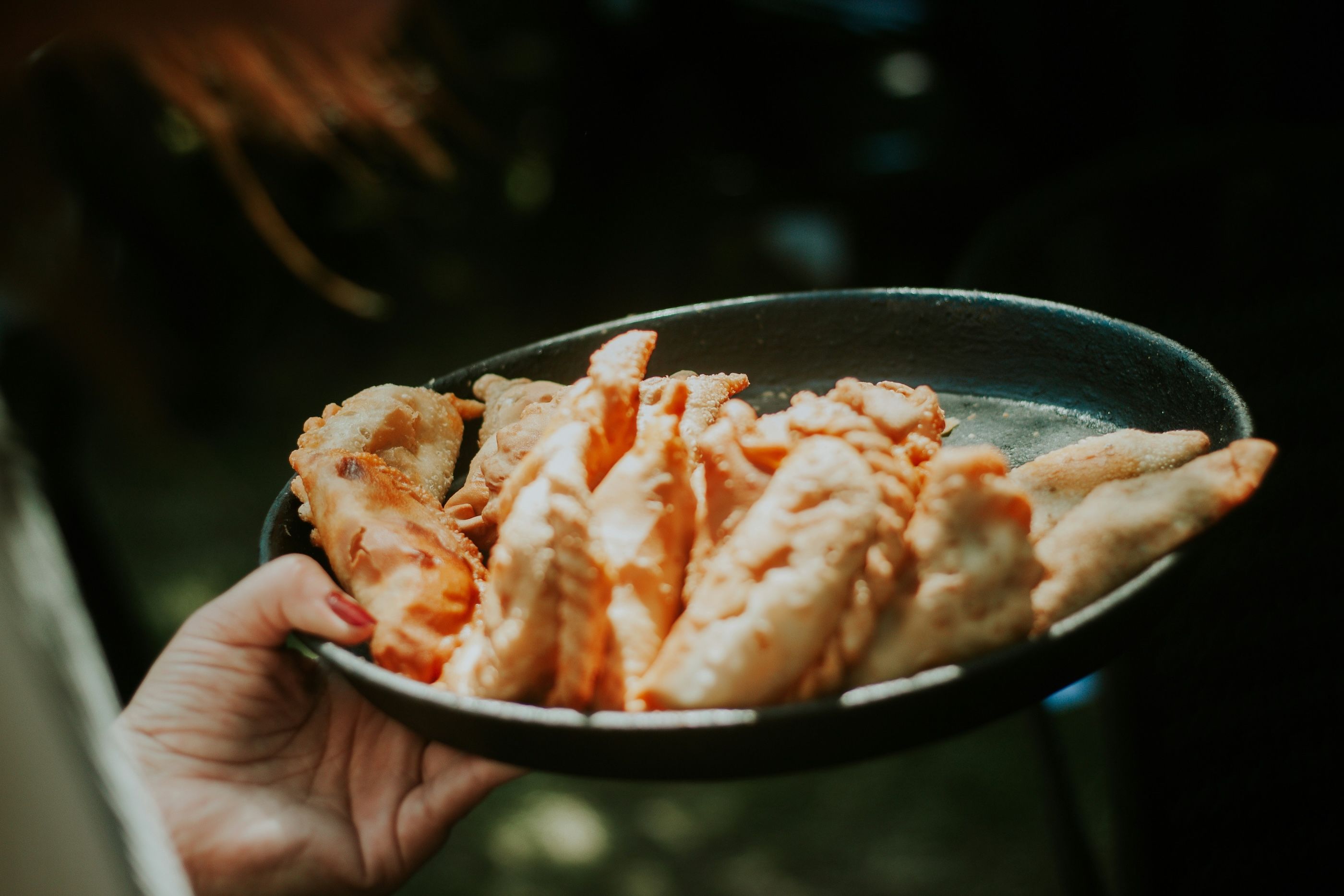
As Argentina commemorates the 209th anniversary of this historic date in 2025, the Qatar, Argentina and Chile 2025 Year of Culture provides a unique platform for cross-cultural celebration and exchange.

From exhibitions and musical performances to workshops and culinary showcases, the initiative invites audiences in Qatar to connect with Argentina in new and inspiring ways throughout this year.
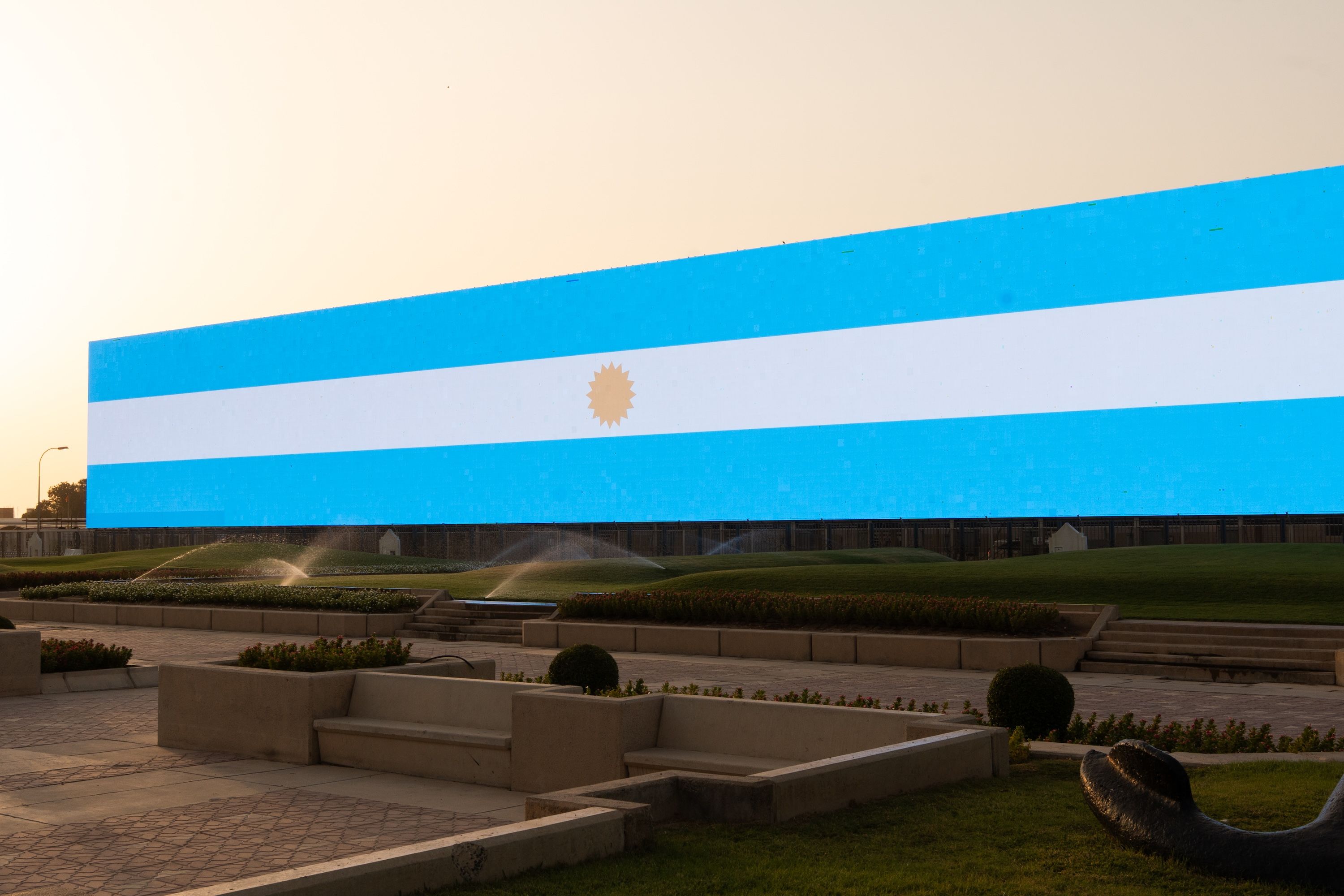
To mark the occasion, the Museum of Islamic Art and the National Museum of Qatar (NMoQ) were illuminated with projections of the Argentinian flag, shining bright against the Doha night sky as a symbol of cultural unity and mutual respect.
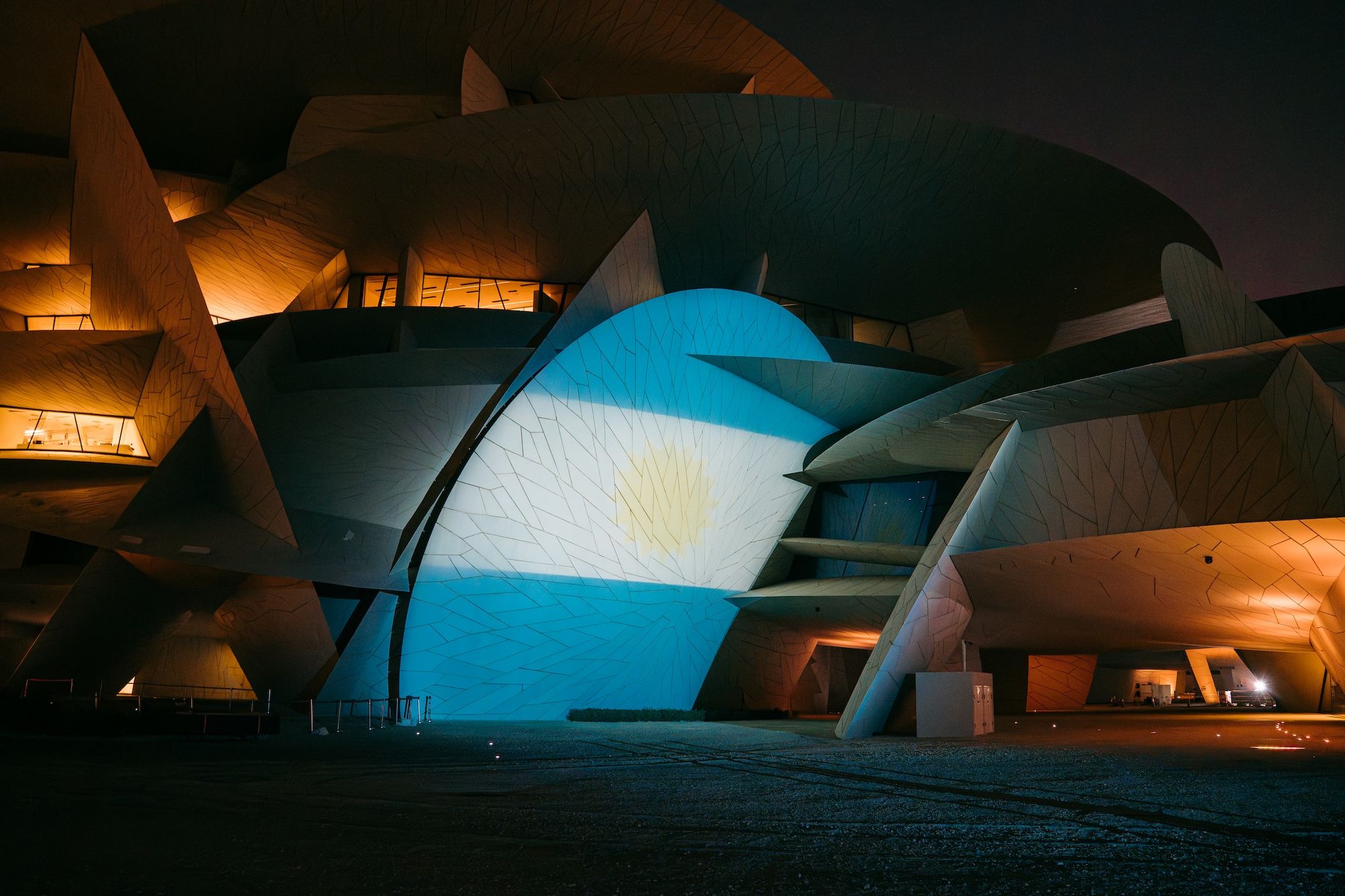
Until 19th July, visitors can also explore a landmark exhibition at the NMoQ: Latinoamericano: Modern and Contemporary Art from the MALBA and Eduardo F. Costantini Collections. Specially curated for the 2025 Year of Culture, this exhibition showcases highlights from the acclaimed MALBA collection, offering insight into the evolving artistic language and cultural imagination of Argentina and Latin America.
Discover more upcoming cultural activities and events in Qatar and Latin America as part of the Years of Culture programme.